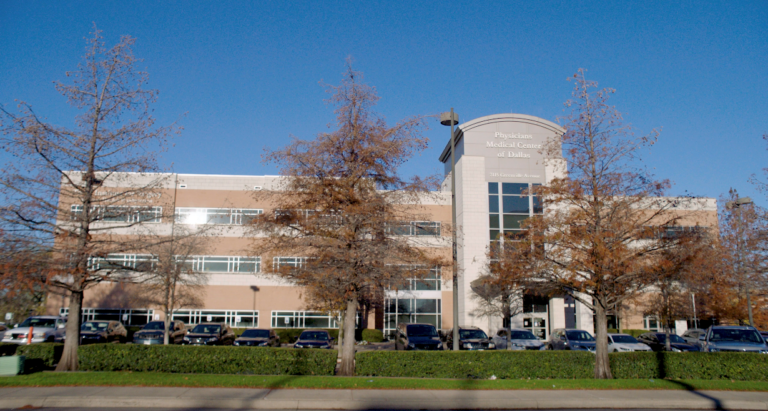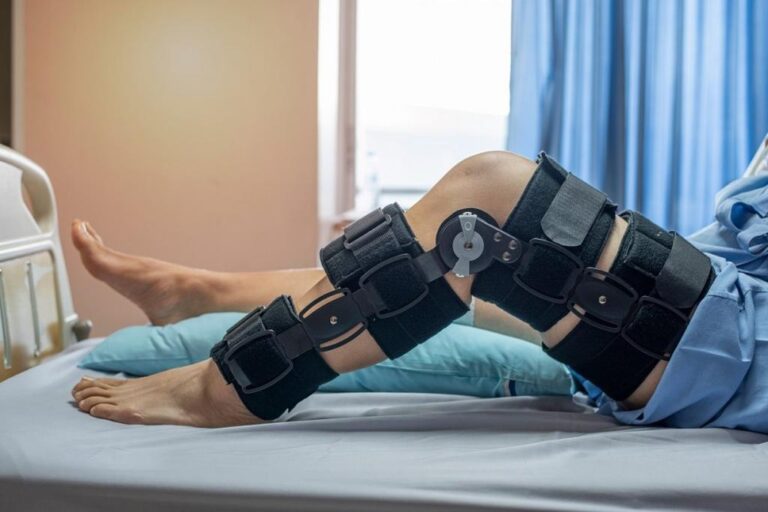Total ankle replacement, also known as ankle arthroplasty, is a surgical procedure that aims to relieve pain and restore function in patients with severe ankle arthritis. Unlike traditional ankle fusion surgery, which limits movement in the ankle joint, total ankle replacement allows for preserved motion and improved mobility. Read on as Texas Orthopaedic Associates explores the benefits, considerations, and recovery process associated with total ankle replacement.
Ankle arthritis can significantly impact a person’s quality of life, causing pain, stiffness, and limited mobility. Total ankle replacement offers a viable solution for individuals who have exhausted non-surgical treatments such as medication, physical therapy, bracing and debridement surgery. By replacing the damaged joint surfaces with an artificial implant, this procedure can alleviate pain and improve joint function, allowing patients to return to their daily activities with reduced discomfort.
Ankle Replacement vs Fusion
One of the primary advantages of total ankle replacement is the preservation of joint motion. Unlike ankle fusion, where the bones are fused together, ankle replacement enables the ankle joint to retain its range of motion. This means that patients can walk and engage in various non impact physical activities with a more natural gait and more importantly, reduced strain on surrounding joints. The ability to maintain motion in the ankle joint is particularly beneficial for individuals with an active lifestyle.
However, total ankle replacement is not suitable for everyone. Candidates for this procedure must undergo a thorough evaluation by a qualified orthopedic surgeon to assess their overall health, ankle condition, and suitability for surgery. Factors such as the severity of arthritis, bone quality, and the presence of deformities in both the ankle and foot may influence the recommendation for ankle replacement versus other treatment options. Schedule a consultation at Texas Orthopaedic Associates to understand the potential risks and benefits specific to your situation.
Total Ankle Replacement Recovery: Physical Therapy and Rehabilitation
The recovery process following total ankle replacement typically involves a period of immobilization and rehabilitation. After the surgery, patients are advised to keep weight off the operated ankle for a certain period of time to allow for proper healing of the bone implant interface. This may involve the use of crutches or a knee walker. Physical therapy is an integral part of the recovery process, aiming to strengthen the surrounding muscles, improve range of motion, and enhance overall ankle function. The duration and intensity of rehabilitation may vary from patient to patient, depending on individual factors and the surgeon’s guidance. In fact, the therapy lessons learned during rehab after surgery are important to implement in an at home exercise regimen throughout the life of the implant. It is the learned muscle control of balance that enhances survival of the ankle implant
The Risks of Total Ankle Replacement
As with any surgical procedure, total ankle replacement carries potential risks and complications. These can include infection, blood clots, implant loosening, nerve injury, and allergic reactions to anesthesia or implant materials. It is crucial to carefully follow post-operative instructions, attend scheduled follow-up appointments, and promptly report any unusual symptoms to your healthcare provider.
To summarize, total ankle replacement is a surgical option that can provide significant pain relief and restore function for individuals suffering from severe ankle arthritis. By preserving joint motion and allowing for improved mobility, this procedure offers a promising alternative to ankle fusion. Consult with a qualified orthopedic surgeon familiar with the various options for ankle replacement to determine the most appropriate treatment plan based on your circumstances. With proper evaluation, surgical expertise, and diligent post-operative care, total ankle replacement can be an effective solution to regain an active and pain-free lifestyle.













